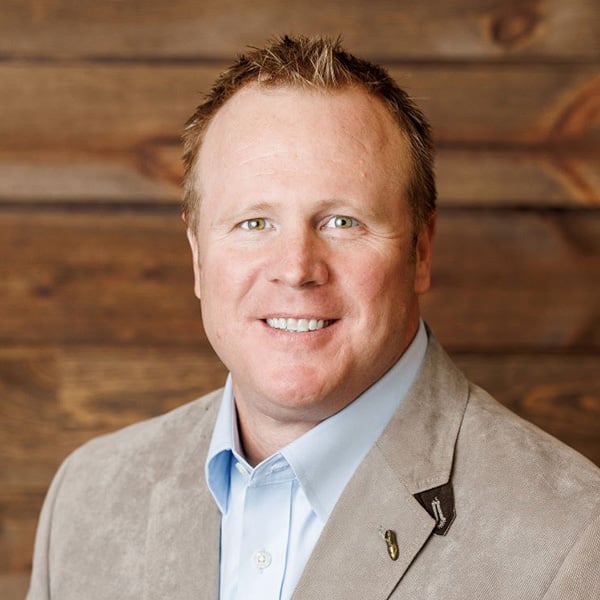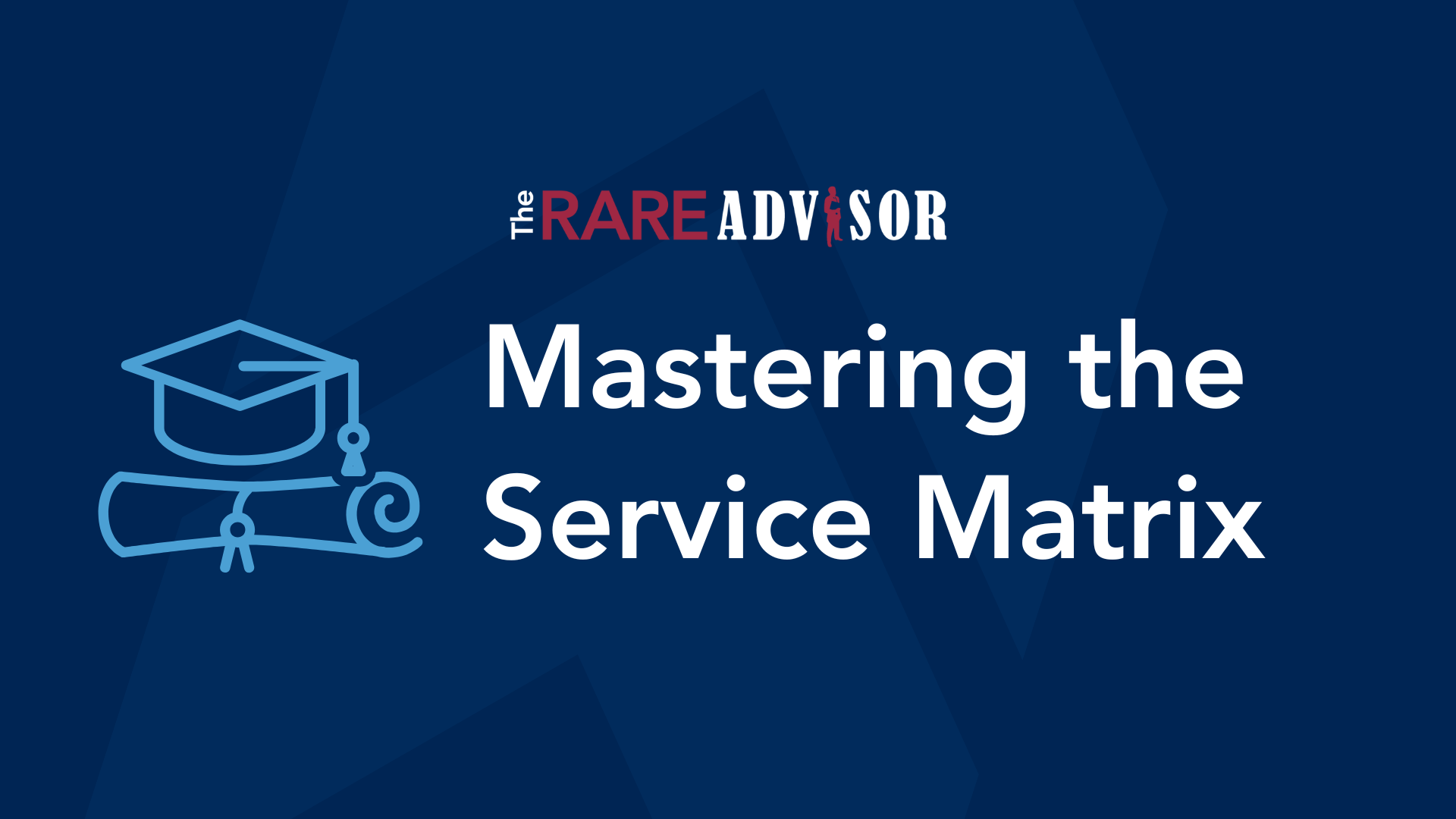Key Considerations When Changing Firms to Facilitate Succession Plans

There’s not a one-size-fits-all solution to advisors considering their succession plan. Regardless of age, advisors would benefit from starting with the end in mind. What is the ideal scenario for you?
The industry is buzzing with conversations around succession, mergers, and acquisition. It’s not surprising when you consider the demographics. The average age of a financial advisor today is 56 years old, according to FinancialPlanning magazine. And get this – Investment News reports that more than a third of US advisors plan to retire in the next 10 years. On top of that, this all comes as we’re staring down the “Great Wealth Transfer,” where a massive shift of assets is anticipated to take place as the Baby Boomer generation ages, involving an estimated $84 trillion transferring to younger generations by 2045.
We’ve all heard the joke about the cobbler’s kids having no shoes, but will our industry follow in the cobbler’s footsteps? The good news is that advisors are starting to take this problem more seriously; perhaps as a result of the heightened awareness being created by large broker-dealers and investment advisory firms who want to provide solutions to this glaring problem.
Let’s consider the benefits of planning ahead. Have you thought about wanting to reduce your administrative workload as you get older? Or perhaps taking more vacation time? With a well-crafted succession strategy for your financial practice, you can extend your career while enjoying more free time.
If M&A factors into your succession strategy, it’s crucial to view potential firms as future partners rather than just buyers. It’s all about finding the right match.
We talk about “right fit” here at USA Financial, and for good reason. You understand that each client is unique, and the same principle applies to advisor practices. No two are identical. Trying to force a mismatched pair is like trying to jam a square peg into a round hole – it just won’t work.
So, before you dive headfirst into any merger or acquisition deal, take time for thorough evaluation. This is about ensuring a smooth transition for your clients as well as securing your legacy and retirement strategy.
Here’s a few factors to consider when evaluating if another firm is a “right fit” partner for you:
- Investment Philosophy: Your clients have come to expect a certain investment approach and style. Is the firm you’re looking at compatible with your approach? Do they offer similar investment options? Is their platform flexible enough to accommodate your needs today but also help you navigate to where your practice may head in the future?
- Cultural Alignment: Be selective and ask some tough questions. What do you want to see in a buyer? How will it benefit your firm? Does the potential partner share your values to client service? How would they treat your clients and staff? Will you be viewed as a number or a partner?
- Technology, Systems, and Compliance: Look at what their tech capabilities are. Do they use something that can integrate with your existing tools? Do they have systems in place that complement or benefit your practice? What about their compliance record and approach? Are they forward thinking?
- Transition Timeline: Are you looking to step away from the business in the near future or stay on for a longer term? Do you already have a buyer lined up or will the firm help you identify a candidate? Will the firm provide some emergency contingencies if something were to happen before a deal goes through?
Remember, this decision impacts you, your staff, and your clients. Take your time and do your due diligence. Don’t hesitate to ask tough questions to find a true partner who won’t just buy your business but will value it and continue to build upon it.
If you’re looking to dive into this material further through a workshop. We’ve recently created an event around this topic called Predictable Zeros, where we spend a day here in Grand Rapids, Michigan, helping advisors define the outlook for their firm and stage a path for what’s next.
Author Info

Mark Mersman is the Chief Marketing Officer at USA Financial, joining the firm in 2004. He has held numerous roles within the company prior...
Related Posts

Mastering the Service Matrix: Elevate Client Experience & Drive Advocacy
In this episode of The Rare Advisor, Aaron Grady and Allan Oehrlein dive deep into two essential tools for modern advisory practices: the service matrix and the stewardship framework. Discover why moving from a reactive to a proactive service model is critical for consistency, scalability, and client advocacy. Learn how these frameworks help advisors deliver predictable, high-touch experiences, segment clients effectively, and create professional contrast that sets your firm apart. If you want to elevate your client experience and build loyalty that lasts, this conversation is packed with actionable insights.

What’s Trending: Diversification Beyond Assets for Long-Term Success
As 2025 comes to a close, the S&P 500 is up nearly 18% for the year—but what does that mean for your portfolio? In this December Trending Report, Kevin Roskam breaks down the year’s market performance, the role of trending strategies, and why diversification by time and philosophy matters more than ever. Learn how unemotional, disciplined investing helps you navigate volatility and stay focused on long-term success.

USA Financial Exchange Partners with J.P. Morgan Asset Management to Deliver Direct Indexing Solution
Direct Indexing Enables Advisors to Provide Advanced Tax Management Strategies for High-Net-Worth Clients

Mastering the Service Matrix: Elevate Client Experience & Drive Advocacy
In this episode of The Rare Advisor, Aaron Grady and Allan Oehrlein dive deep into two essential tools for modern advisory practices: the service matrix and the stewardship framework. Discover why moving from a reactive to a proactive service model is critical for consistency, scalability, and client advocacy. Learn how these frameworks help advisors deliver predictable, high-touch experiences, segment clients effectively, and create professional contrast that sets your firm apart. If you want to elevate your client experience and build loyalty that lasts, this conversation is packed with actionable insights.

What’s Trending: Diversification Beyond Assets for Long-Term Success
As 2025 comes to a close, the S&P 500 is up nearly 18% for the year—but what does that mean for your portfolio? In this December Trending Report, Kevin Roskam breaks down the year’s market performance, the role of trending strategies, and why diversification by time and philosophy matters more than ever. Learn how unemotional, disciplined investing helps you navigate volatility and stay focused on long-term success.

USA Financial Exchange Partners with J.P. Morgan Asset Management to Deliver Direct Indexing Solution
Direct Indexing Enables Advisors to Provide Advanced Tax Management Strategies for High-Net-Worth Clients

